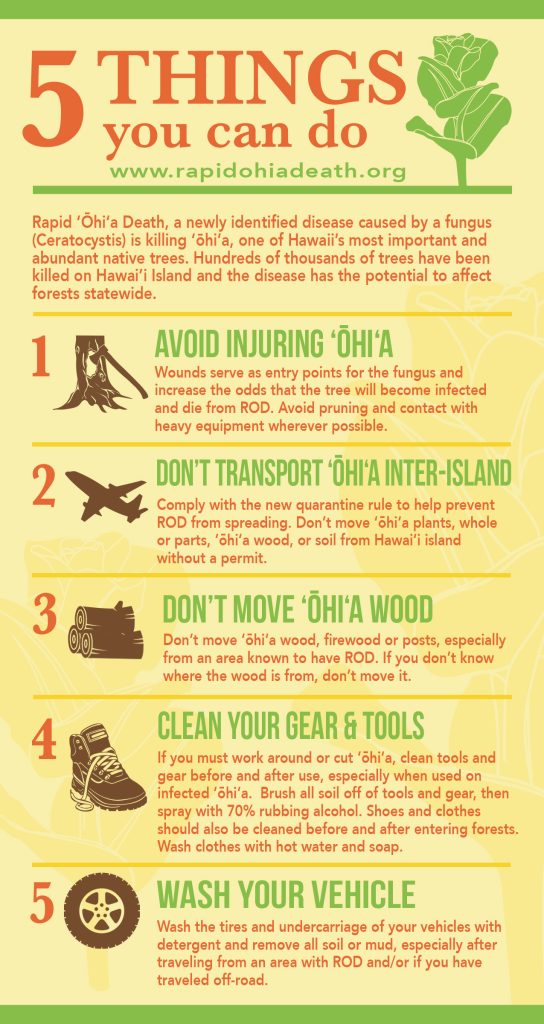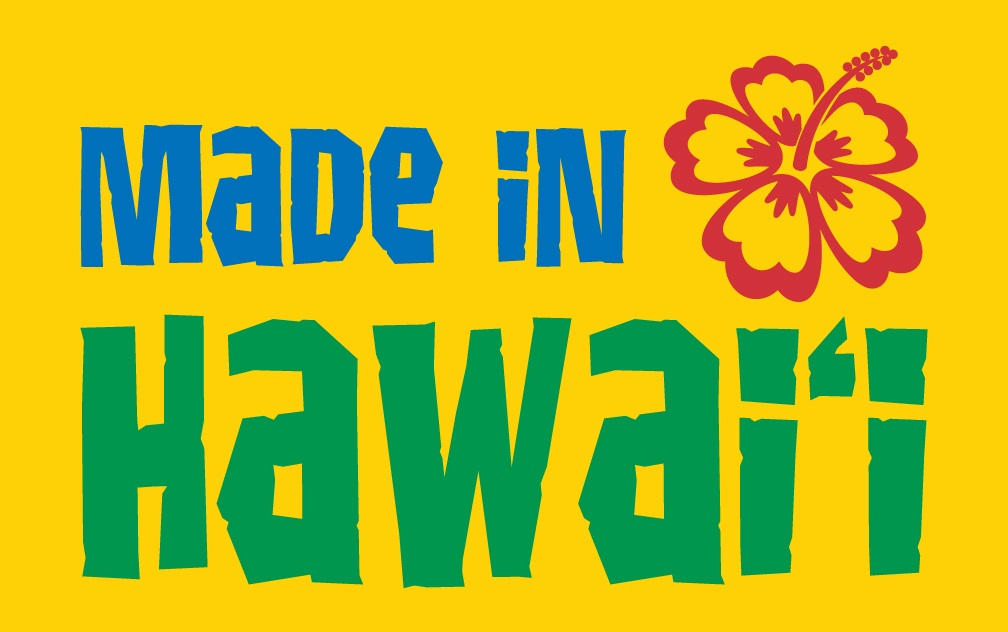
**IMPORTANT PARK NOTICES**
Monitor weather reports before your park visit.
•
[KAUA’I] UPDATE 12/17/25 — Ha’ena State Park: Shuttle SUSPENDED due to inclement weather. Kalalau trail is CLOSED due to high stream levels.
•
[OʻAHU] UPDATE 12/15/25 — Ka'ena Point State Park: Mokulē'ia Section Vehicle Access Gate is temporarily CLOSED due to saturated road conditions.
•
[ALL ISLANDS] UPDATE – 12/12/25: Camping - Reservations for February 1, 2026 and beyond available at https://explore.ehawaii.gov, please create an account on Explore Outdoor Hawaiʻi to make a camping reservation.
Keaīwa Heiau State Recreation Area
[O’AHU] - UPDATE – 12/12/25: Camping - Reservations for February 1, 2026 and beyond available at https://explore.ehawaii.gov, please create an account on Explore Outdoor Hawaiʻi to make a camping reservation.
•
9/17/25: Keaīwa Campsites are CLOSED due to construction through at least the end of 2025.
| Hours |
Summer: 7:00am to 7:45pm
Winter: 7:00am to 6:45pm
Summer Hours Begin on April 1st Winter Hours Begin the Day After Labor Day |
| Entrance Fee | None |
| Park Brochure | |
| Trail Name | |
| Camping |
By Permit Only, Friday through Wednesday
|
Description
Keaiwa Heiau State Recreation Area is a 384-acre park located approximately 12 miles from Waikiki. Keaïwa Heiau is located at the park entry. Continue along the paved park road to the campgrounds, picnic areas, and trailhead for the ‘Aiea Loop Trail.
Groves of Norfolk pines and eucalyptus trees create a forest recreation environment on the hills above the town of ‘Aiea and Pearl Harbor. A resident caretaker near the front gate should be contacted in the event of emergencies.
Camping (TEMPORARILY CLOSED)
There are 10 campsites available for tent camping from Friday through Wednesday. Camping permits may be obtained from the State Parks office in Honolulu (587-0300). Camping fees start at $20 per campsite per night. Several picnic areas with tables are found along the paved roadway in the park. Some include covered pavilions with barbeque grills and restrooms nearby.
Trails
The ‘Aiea Loop Trail is 4.8-mile trail that begins and ends in the park. This trail runs along the ridge on the west side of Halawa Valley and offers views from Pearl Harbor (Pu’uloa) and the Wai’anae Range to Honolulu and Diamond Head (Le’ahi).
This hike is not strenuous but involves some gradual uphill climbs with a steep switchback and stream crossing at the end of the trail. The trail may be muddy with sections of exposed tree roots. Give yourself about 2.5 to 3 hours for the hike and enjoy the plants and the sound of birds around you.
While dogs are not allowed in the park, they may traverse the park while leashed to access the ʻAiea Loop Trail.
History
Keaiwa Heiau is a medicinal or healing heiau (temple) known as a heiau ho’ola. At this site, the kahuna (priest, expert) specializing in healing would diagnose and treat various illnesses and injuries. The kahuna would also train haumana (students) in the practice of la’au lapa’au, medicinal healing using plants, fasting, and prayers. Many of the plants and herbs were collected from the neighboring forest while others were planted around the heiau.
Much of this area was replanted by foresters in the late 1920s. The lemon eucalyptus trees give the air a light citrus fragrance. Stands of Norfolk Island pine trees mark the lower end of the trail. Look for the native koa and ohi’a trees as you reach Pu’u Uau, the high point about midway along the length of the trail. You might also see remnants of a B-24 bomber that crashed in 1944.
The name Keaiwa has been translated as mysterious or incomprehensible. Perhaps, this name refers to the fact that one could not explain the powers of the kahuna and the herbs used in healing.
It is unknown when this heiau was built but one source suggests that it was constructed in the 16th Century by Kakuhihewa, an ali’i (chief) of Oʻahu, and his kahuna Keaiwa. The 4-foot high stacked rock wall encloses the sacred area that measures 100 by 160 feet. Within the enclosure was a halau (large thatched structure) built for the master kahuna to store the medicinal implements and train the students. Other features might include hale (small thatched structure) and a puholoholo (steam bath).
Malama Hawaii-Culture from Hawaii DLNR on Vimeo.
HELP HAWAII FIGHT RAPID ʻŌHIʻA DEATH (ROD)
ʻŌhiʻa (Metrosideros polymorpha), the most abundant native tree in the state of Hawaiʻi, are dying from a new fungal disease. On Hawaiʻi Island, and currently spreading to other islands, hundreds of thousands of ʻōhiʻa have already died from this fungus, called Ceratocystis. Healthy trees appear to die within a few days to a few weeks, which is how the disease came to be called “Rapid ʻŌhiʻa Death.” This disease has killed trees in all districts of Hawaiʻi Island and has the potential to kill ʻōhiʻa trees statewide. – College of Tropical Agriculture and Human Resources (CTAHR), University of Hawaii at Manoa. There is no effective treatment to protect ʻōhiʻa trees from becoming infected with Ceratocystis or cure for trees that exhibit symptoms of the disease. Therefore, we have an important role to help prevent the further spread of Rapid ʻŌhiʻa Death. There are 5 simple things we can all do to help in this effort:
1) Don’t move ʻōhiʻa wood or ʻōhiʻa parts. If you don’t know where the ʻōhiʻa material is from, don’t move it.
2) Don’t transport ʻōhiʻa inter-island. Follow the Hawaii State Department of Agriculture quarantine rule and don’t move ʻōhiʻa off of the Island of Hawaiʻi.
3) Avoid injuring ʻōhiʻa. Wounds serve as entry points for the fungus and increase the odds that the tree will become infected and die from ROD. Avoid pruning and contact with heavy equipment wherever possible.
4) Clean gear and tools, including shoes and clothes, before and after entering forests. Brush all soil off of tools and gear, then spray with 70% rubbing alcohol. Wash clothes with hot water and soap.
5) Wash your vehicle with a high pressure-hose or washer if you’ve been off-roading or have picked up mud from driving. Clean all soil off of tires and vehicle undercarriage.
For more information on Rapid ʻŌhiʻa Death please see the videos and outreach material below.




